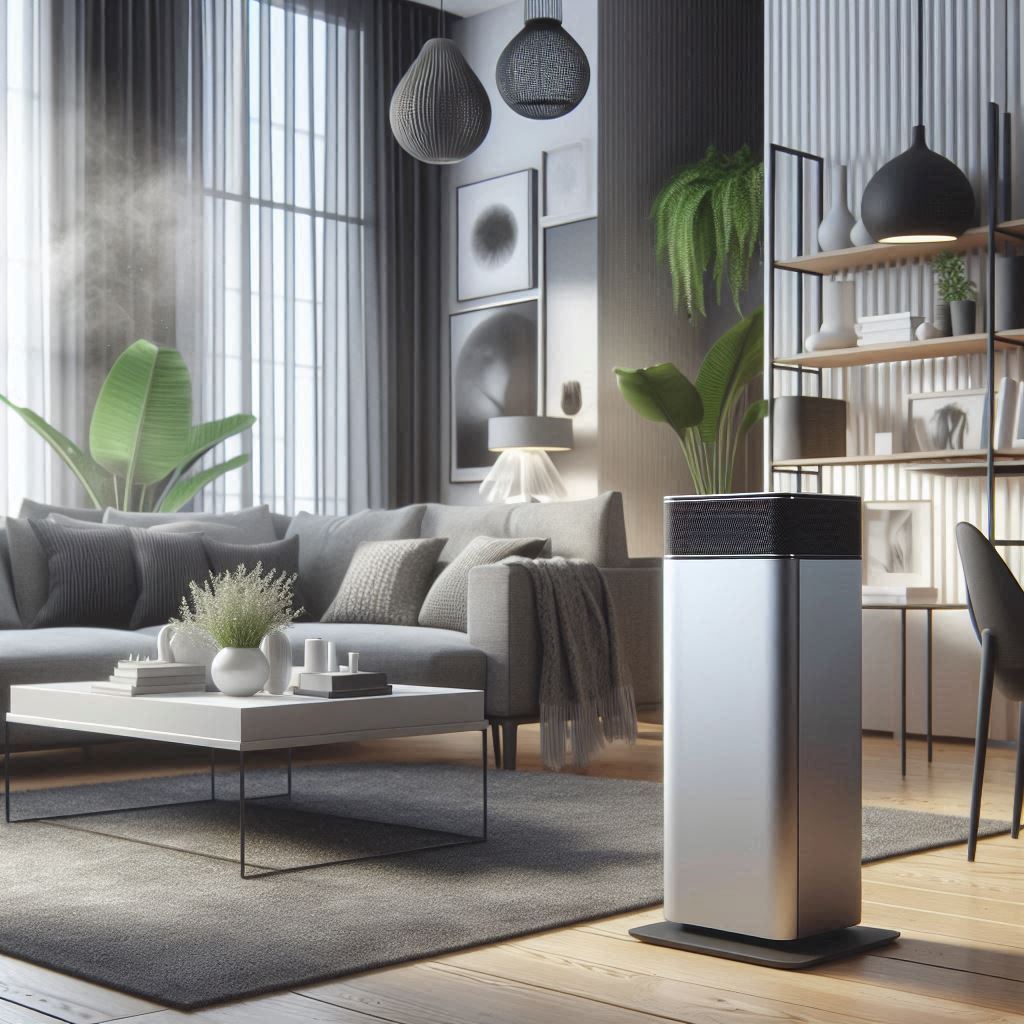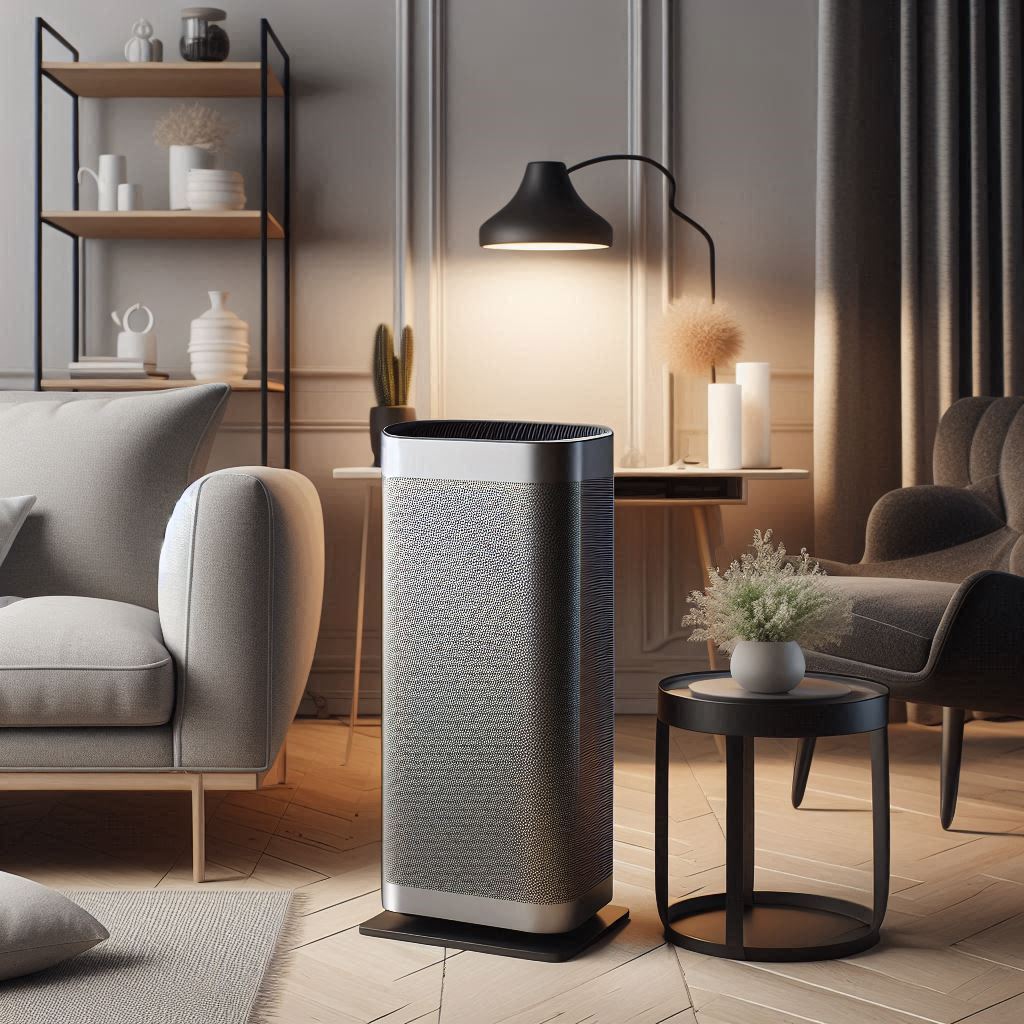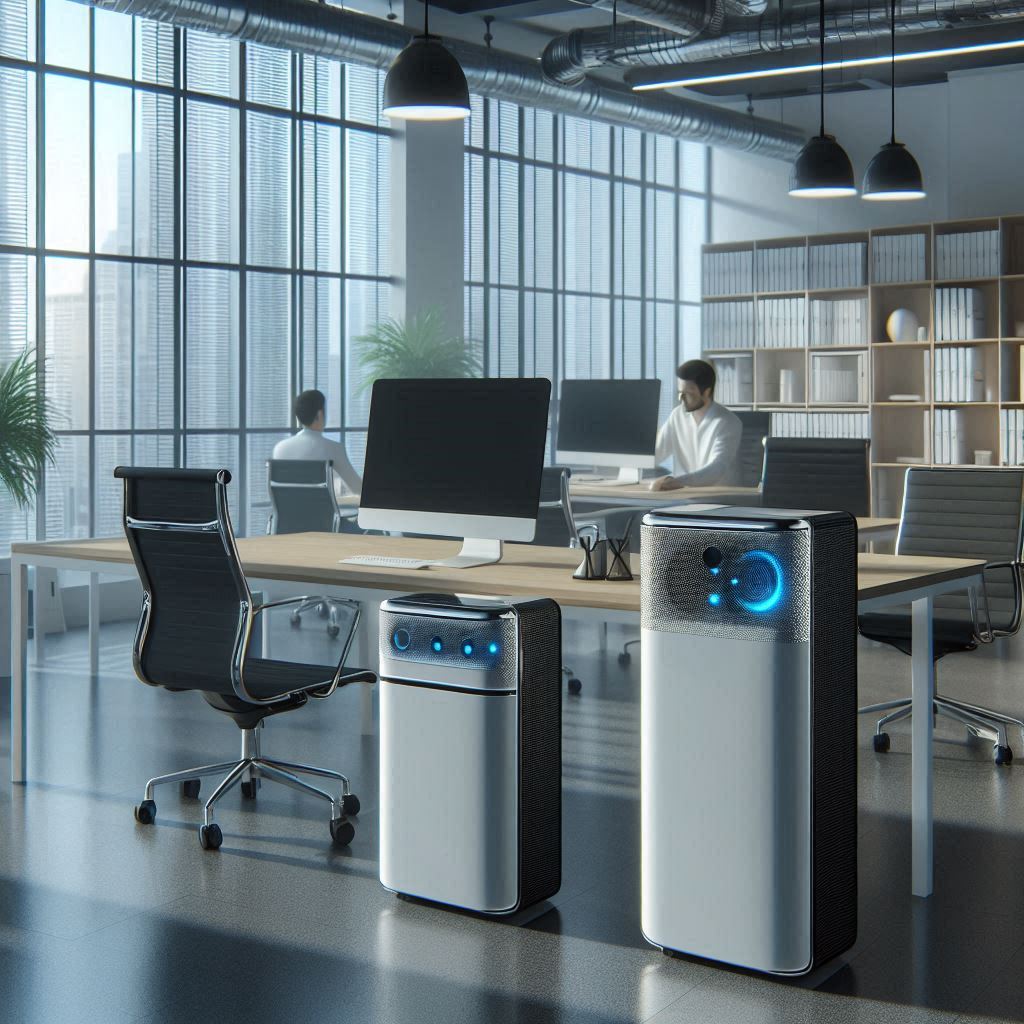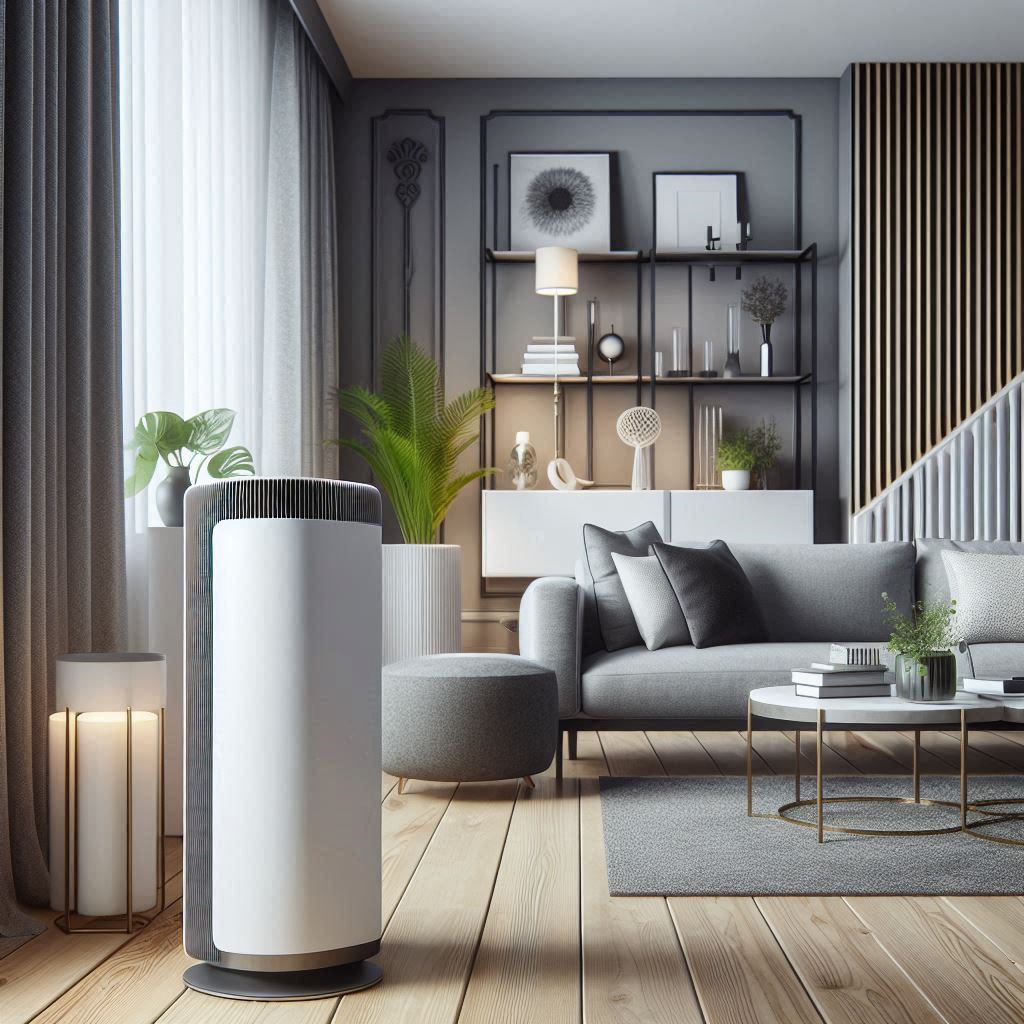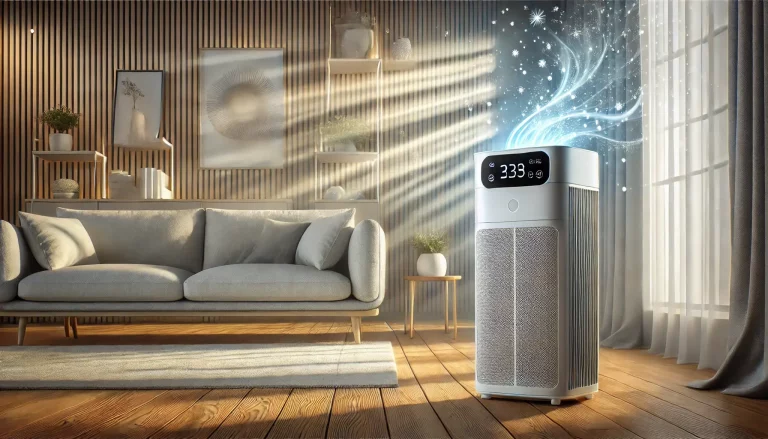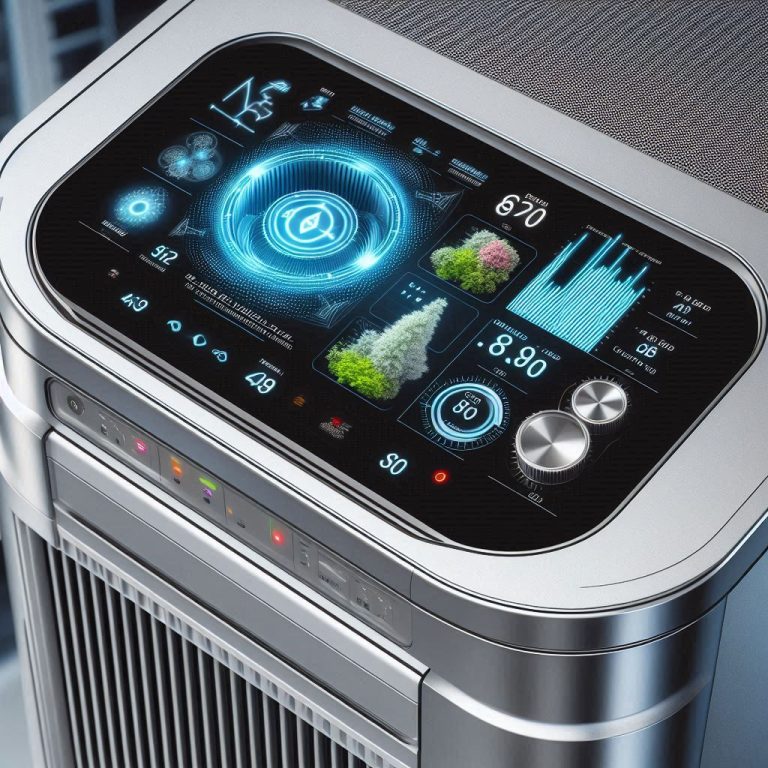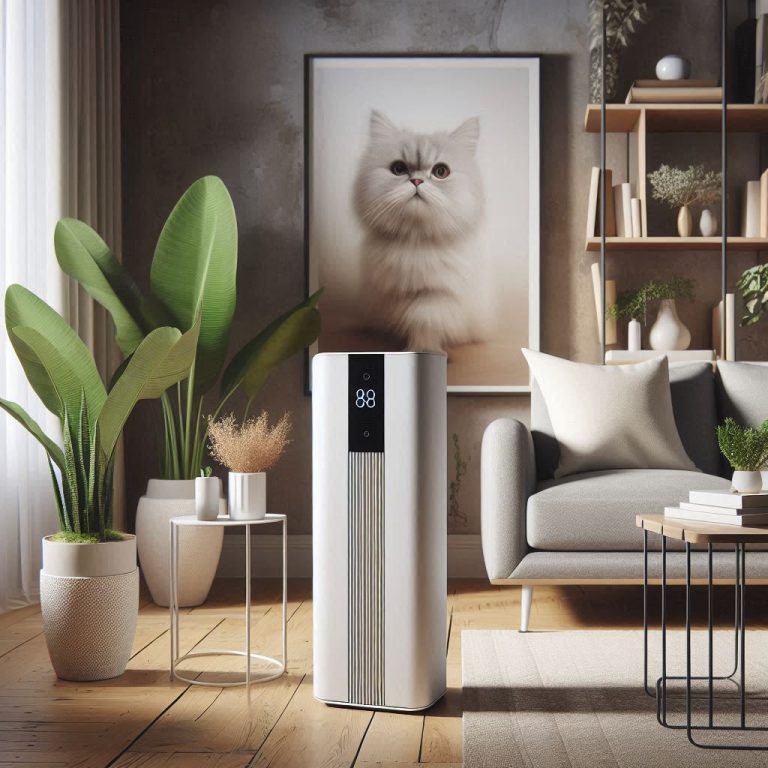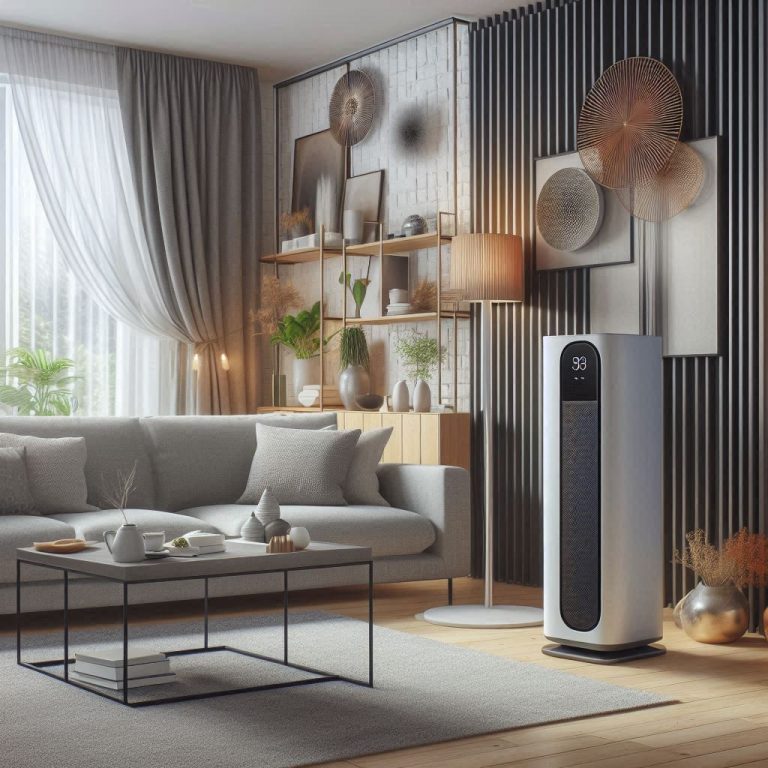Do Air Filtration Systems Really Work? Find Out Here!
In recent years, the importance of air quality has come to the forefront of public health discussions. With rising pollution levels and increasing awareness about the health impacts of airborne contaminants, the question ‘do air filtration systems really work?’ has never been more relevant. Air filtration systems are designed to remove harmful particles from the air, including dust, pollen, mold spores, and even viruses.
These systems utilize various technologies, such as HEPA filters, activated carbon filters, and, notably, the cutting-edge Cirqulair Technology employed by Aero Fresca Inc. Our advanced systems are proven to be 1000 times more effective than traditional filtration methods, capable of eliminating ultrafine particles down to 1 nanometer.
Whether you need pristine air in an industrial setting, a medical facility, or your home, our air purifying solutions are designed to meet the highest standards of air quality. By addressing the specific needs of different environments, we ensure that everyone can breathe cleaner, healthier air.
Breathe Clean, Live Better! Upgrade to our Advanced Air Purifying System today and eliminate 100% of ultrafine particles down to 1 nanometer in one pass. Don’t compromise on your family’s and employee’s health. Act now and transform your indoor air quality! Visit Aero Fresca Inc. to learn more.
How Air Filtration Systems Work
Understanding how air filtration systems work is crucial to appreciating their effectiveness. At their core, air filtration systems are designed to capture and remove contaminants from the air. This process typically involves several stages, each utilizing different types of filters and technologies to ensure maximum air purity.
First, pre-filters capture larger particles such as dust and hair, preventing them from clogging the more advanced filters that follow. Next, HEPA (High Efficiency Particulate Air) filters come into play. These filters are highly effective at trapping particles as small as 0.3 microns, including pollen, mold spores, and pet dander. However, even the best HEPA filters have limitations when it comes to ultrafine particles.
This is where Cirqulair Technology sets Aero Fresca Inc. apart. Our advanced systems are engineered to remove particles down to 1 nanometer in size, including harmful viruses and nano particles that traditional filters often miss. The technology employs a combination of electrostatic attraction and specialized materials to capture and neutralize these tiny contaminants.
Additionally, many air filtration systems incorporate activated carbon filters to remove odors and volatile organic compounds (VOCs). These filters work through a process called adsorption, where contaminants adhere to the surface of the carbon material.
By combining these filtration methods, air filtration systems can significantly improve indoor air quality, making environments safer and healthier. Whether for industrial, commercial, or residential use, understanding the mechanisms behind these systems helps users make informed decisions about their air quality needs.
Effectiveness of Air Filtration Systems
The effectiveness of air filtration systems is often a topic of interest for those looking to improve their indoor air quality. The efficacy of these systems can be measured by their ability to remove various contaminants from the air, including dust, pollen, smoke, and even harmful pathogens.
Traditional air filtration systems typically utilize HEPA filters, which are effective at capturing particles as small as 0.3 microns. While this is sufficient for many common airborne pollutants, it falls short when dealing with ultrafine particles and certain viruses. Studies have shown that HEPA filters can remove up to 99.97% of airborne particles, but their efficiency decreases as particle size decreases.
This is where advanced technologies like Cirqulair Technology come into play. Systems powered by Cirqulair Technology are up to 1000 times more effective than traditional filtration methods. They are capable of capturing particles as small as 1 nanometer, ensuring that even the tiniest contaminants are removed from the air. This includes not only common allergens and pollutants but also harmful viruses and nano particles that can have serious health implications.
Moreover, the effectiveness of air filtration systems is not limited to particulate removal. Many modern systems also incorporate activated carbon filters, which are highly effective at removing odors and volatile organic compounds (VOCs). These compounds can be harmful over prolonged exposure, making their removal another critical aspect of improving indoor air quality.
In sum, the effectiveness of an air filtration system depends largely on the technologies it employs and the specific contaminants it is designed to remove. By utilizing cutting-edge technologies like Cirqulair, air filtration systems can achieve unprecedented levels of air purity, making them indispensable in various settings, from homes to hospitals.
Types of Air Filtration Technologies
Understanding the various types of air filtration technologies available can help you make an informed decision about which system is best suited for your needs. The landscape of air filtration is diverse, with each technology offering unique benefits and capabilities.
HEPA Filters: High-Efficiency Particulate Air (HEPA) filters are among the most common and effective at capturing particles as small as 0.3 microns. These filters are widely used in residential and commercial settings due to their ability to remove a significant portion of airborne pollutants, including dust, pollen, and mold spores.
Activated Carbon Filters: These filters excel at removing odors and volatile organic compounds (VOCs) from the air. Activated carbon is highly porous, allowing it to adsorb a wide range of gaseous pollutants. This makes it an excellent choice for environments where air quality is compromised by chemical pollutants.
UV-C Light: Ultraviolet germicidal irradiation (UVGI) uses UV-C light to kill or inactivate microorganisms, including bacteria and viruses. This technology is often integrated with other filtration systems to enhance their effectiveness in sterilizing the air, making it particularly useful in medical and healthcare settings.
Electrostatic Precipitators: These devices use an electrical charge to capture airborne particles. As air passes through the precipitator, particles are charged and then collected on oppositely charged plates. This technology is effective at removing fine particles and is often used in industrial applications.
Cirqulair Technology: Pioneering in the field, Cirqulair Technology offers unmatched efficiency by capturing particles as small as 1 nanometer. It integrates multiple filtration mechanisms to provide comprehensive air purification, making it 1000 times more effective than traditional methods. This makes it ideal for environments where air purity is paramount, such as hospitals, laboratories, and homes with high air quality demands.
Each of these technologies has its own strengths and weaknesses, and the best choice often depends on the specific needs of the environment in which it will be used. By understanding these options, you can better appreciate the advanced capabilities of modern air filtration systems and choose the one that offers the best protection for your indoor air quality.
Benefits of Using Air Filtration Systems
Investing in air filtration systems offers a myriad of benefits that significantly improve indoor air quality and overall well-being. Whether in a residential, commercial, or industrial setting, the advantages of utilizing these systems are both immediate and long-lasting.
Improved Health: One of the most significant benefits of air filtration systems is the reduction of harmful airborne particles, including allergens, dust, pet dander, and pollutants. By effectively removing these contaminants, air filtration systems help to alleviate symptoms of asthma, allergies, and other respiratory conditions. This leads to fewer respiratory issues and a healthier living environment.
Enhanced Productivity: In commercial and industrial settings, clean air can lead to enhanced productivity. Poor air quality can cause fatigue, headaches, and difficulty concentrating, all of which can reduce workforce efficiency. By ensuring a clean air environment, businesses can improve employee performance, reduce absenteeism, and create a more pleasant working atmosphere.
Odor Control: Air filtration systems equipped with activated carbon filters are particularly effective at removing unpleasant odors from the air. This is especially beneficial in settings such as kitchens, restaurants, and industrial facilities where odors from cooking, chemicals, or production processes can be pervasive and bothersome.
Protection Against Airborne Diseases: Advanced air filtration technologies, such as UV-C light and Cirqulair Technology, offer protection against airborne pathogens, including bacteria and viruses. This is crucial in medical and healthcare environments, where the spread of infectious diseases needs to be minimized. These systems help create a sterile environment, safeguarding the health of patients and healthcare workers.
Environmental Impact: Modern air filtration systems are designed to be energy-efficient, reducing the environmental impact of maintaining clean air. By improving air quality, these systems can also contribute to lowering the overall carbon footprint of a building, making them a sustainable choice for eco-conscious consumers and businesses.
Overall, the integration of air filtration systems into various settings not only enhances air quality but also promotes health, productivity, and environmental sustainability. These benefits highlight the importance of choosing the right air filtration technology to meet the specific needs of your environment.
Choosing the Right Air Filtration System
Selecting the ideal air filtration system for your needs can be challenging, given the myriad of options available. The key is to consider several critical factors to ensure you make an informed decision that delivers optimal results.
Assess Your Needs: The first step in choosing the right air filtration system is to evaluate the specific requirements of your environment. Are you dealing with allergens, chemical pollutants, or airborne pathogens? Understanding the primary contaminants you need to address will help you narrow down your options.
Consider the Size of the Space: The size of the area you need to purify is another crucial factor. Air filtration systems are rated for specific room sizes, so it is essential to choose a unit that matches the square footage of your space. Undersized units may struggle to clean the air effectively, while oversized units could be an unnecessary expense.
Filter Types and Technologies: Different air filtration systems use various filter types and technologies, such as HEPA filters, activated carbon filters, and UV-C light. Each has its strengths. For example, HEPA filters are excellent for capturing small particles, while activated carbon filters are better for removing odors and chemical vapors. Combining multiple technologies, like our Cirqulair Technology, can offer comprehensive protection.
Maintenance and Operating Costs: It is important to consider the maintenance requirements and operating costs of the air filtration system. Regular filter replacements and energy consumption can add up over time. Look for systems that offer a balance between high performance and low maintenance, making them cost-effective in the long run.
Noise Levels: For residential or office settings, the noise level of the air filtration system can be a significant consideration. Some units are designed to operate quietly, ensuring they do not disrupt daily activities. Checking the decibel (dB) rating can help you select a quieter model.
Certifications and Reviews: Always check for certifications from reputable organizations and read customer reviews to gauge the effectiveness and reliability of the air filtration system. Certifications can provide assurance of the system’s performance, while reviews offer insights into real-world user experiences.
Ultimately, the right air filtration system will depend on your unique needs and circumstances. Taking the time to research and compare different options will ensure you choose a system that provides the clean, healthy air you deserve.
Breathe Clean, Live Better! Upgrade to our Advanced Air Purifying System today and eliminate 100% of ultrafine particles down to 1 nanometer in one pass. Don’t compromise on your family’s and employee’s health. Act now and transform your indoor air quality!
Are You Happy Knowing That Every Other System Only Captures 10% Of Airborne Particles?
Breathe Clean, Live Better! Upgrade to our Advanced Air Purifying System today and eliminate 100% of ultrafine particles down to 1 nanometer in one pass. Don’t compromise on your family’s and employee’s health. Act now and transform your indoor air quality!


